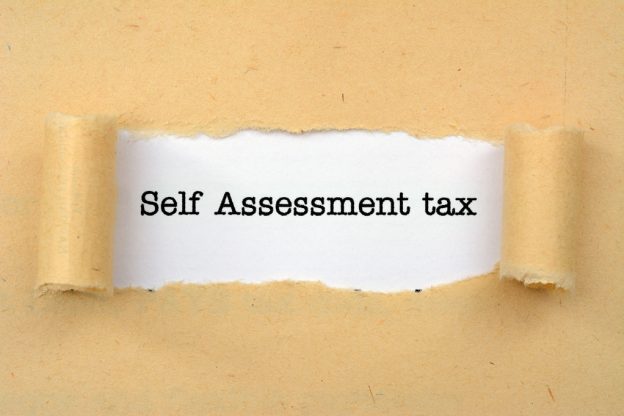
HMRC announced on the 19 December 2022 that the introduction of making tax digital for ITSA (income tax for self assessment) is being put back until 2026.
ITSA is the name given to the further digitisation of the self assessment tax system and was pencilled in to start in April 2024.
The financial secretary to the treasury Victor Atkins stated that pausing ITSA is being done to “maximise the benefits”. HMRC reiterated that ITSA and MTD is still a critical part of the process to update and modernise the UK tax system.
The initial start date for ITSA was April 2023 however due COVID 19 and the subsequent disruption caused the launch date was understandably postponed.
It is a sensible approach to not take ITSA live until HMRC are confident that the system is as good as it can be. There are known issues that need to be resolved first which HMRC clearly recognises.
Jim Harra, chief executive and first permanent secretary of HMRC said:
“HMRC remains committed to the delivery of Making Tax Digital as a critical part of our strategy for digitalising and modernising the tax system, but we want to make sure we get this right and deliver it effectively.”
What is ITSA?
Income tax for self assessment or ITSA is part of the government’s MTD initiative. Making tax digital aims to improve the UK tax system by using digital solutions.
MTD is covering many different areas of tax and is being phased gradually with MTD for VAT being implemented in 2019 for example.
The income tax for self assessment model is specifically targeted at sole trades, landlords and other individuals who need to submit a self assessment tax return to HMRC.
Some of the key takeaways from the proposed ITSA:
- Digital records of all income and expenditure must be kept.
- Digital income and expenditure records must be submitted on a quarterly basis.
- An EOPS or end of period statement must be submitted at the end of the tax year.
- A final declaration must be submitted at the end of tax year.
As it stands from April 2026 self-employed individuals and landlords with an income of more than £50,000 will be required to adhere to the ITSA criteria and submit everything through MTD compatible software.
Ultimately the expectation is there will be no need to submit an end of year self assessment tax return because everything is reported on a quarterly basis.
Making Tax Digital
MTD applies to multiple areas of the tax system and ITSA comes off the back of MTD for VAT which HMRC reports has already demonstrated to businesses the benefits of a more digital system.
The success of ITSA remains to be seen with professional bodies questioning some of the proposals around ITSA.
On a very basic level a self employed person or landlord may ask the question is splitting a job that is currently done once a tax year into four more efficient and cost effective?







